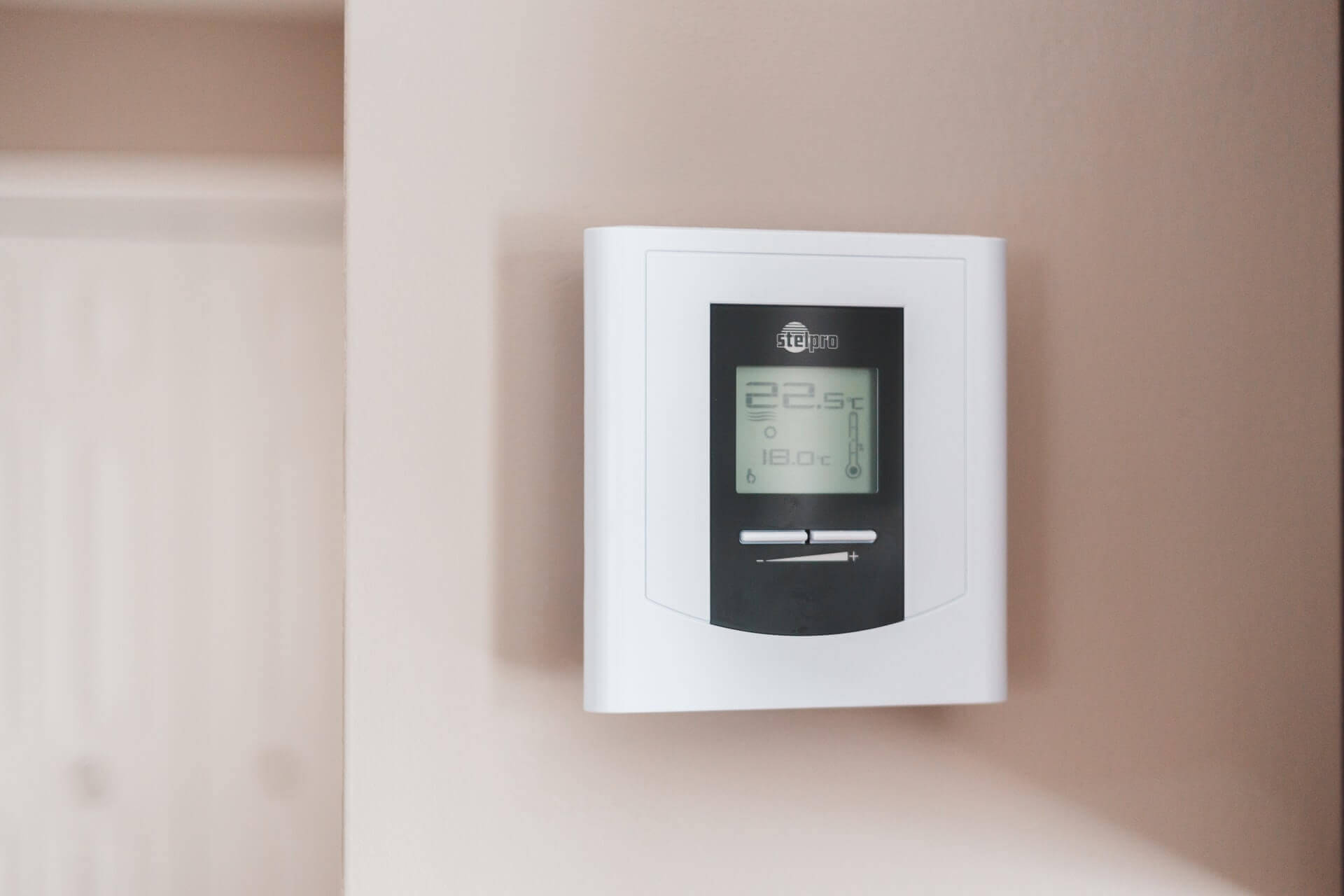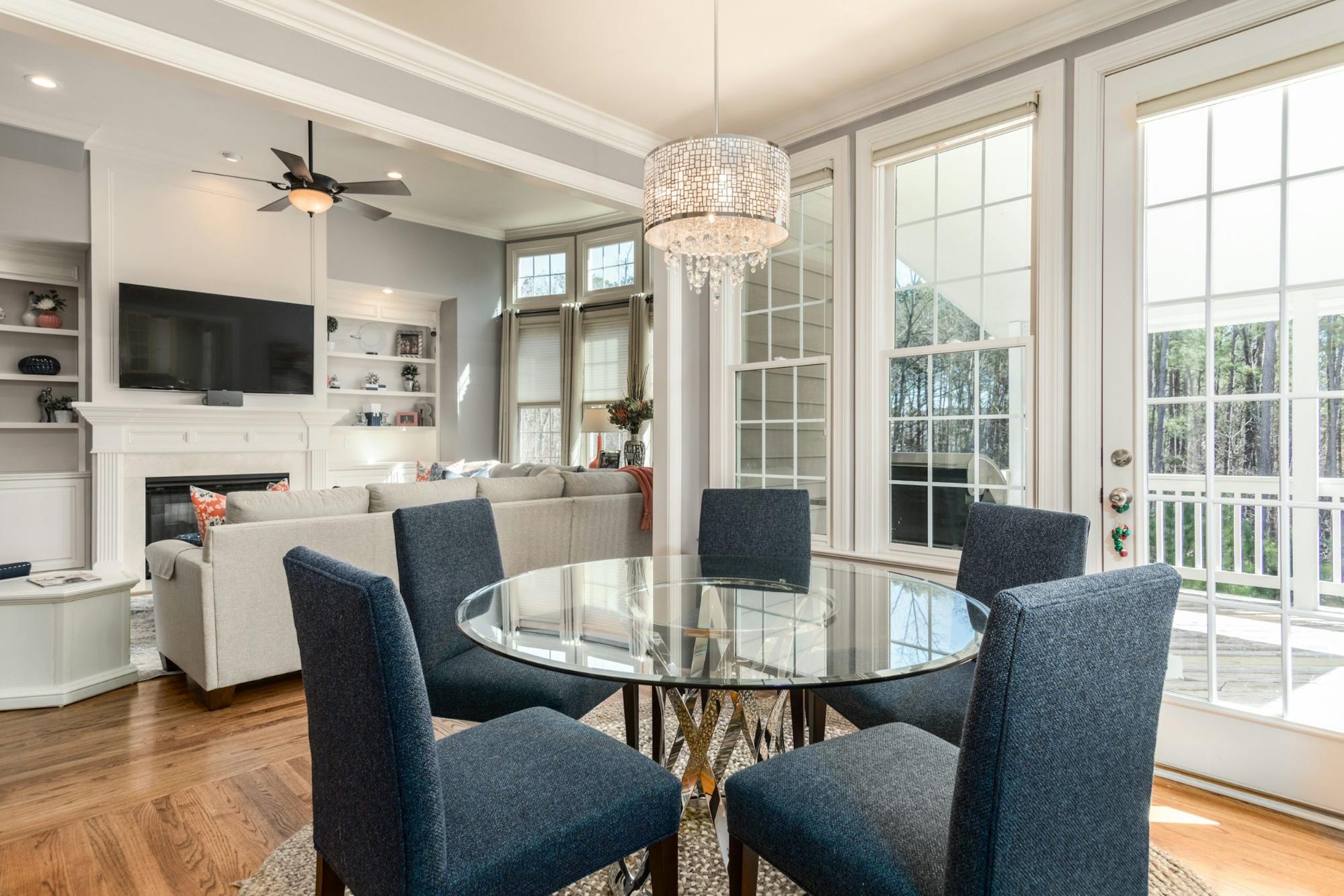The Importance of Thermal Insulation of Doors and Windows for Home Energy Performance

The thermal insulation of doors and windows is a crucial element for the energy performance of a house. Poor insulation can lead to considerable heat loss in winter and unwanted heat accumulation in summer, which increases heating and cooling costs. This not only affects the comfort of residents, but also the annual energy bill. This article explores in depth the importance of thermal insulation, the different types of materials that are most effective, the criteria to consider when choosing insulated doors and windows, and the numerous benefits of improved thermal performance.
The Challenges of Thermal Insulation
Invisible heat losses
The first step in understanding the importance of thermal insulation for doors and windows is to look at the challenges that many homeowners face. Poorly insulated windows and doors are responsible for a significant portion of heat loss in a home. However, this problem often remains invisible, as it occurs slowly over time, without realizing the extent of energy losses.
Overconsumption of energy
When single-glazed windows or non-insulated doors are present, a significant amount of heat escapes in winter, and conversely, in summer, heat from outside easily enters the home. This not only leads to thermal discomfort, but also to overconsumption of energy. Heating or air conditioning systems have to work harder to maintain a comfortable temperature, leading to increased energy consumption.
Impact on other energy systems
In addition, poor thermal insulation also affects the efficiency of other energy systems in the home, such as ventilation and air conditioning. This can cause thermal imbalances in the home, with areas that are colder or hotter than others, creating an uncomfortable atmosphere.
Types of Insulated Windows and Doors
Double and triple glazed windows
Fortunately, modern technologies have made it possible to develop windows and doors that are much more effective in terms of thermal insulation. Double glazed windows, or even triple glazed windows, are now standard elements in most modern homes. These windows are composed of two or three layers of glass, with a space of air or inert gas (such as argon) between them, which prevents heat from passing easily from one side to the other.
The window frames
Window frames also play a crucial role in thermal efficiency. PVC frames are particularly popular because they offer good thermal insulation and are also weatherproof. Wooden windows, in addition to their aesthetics, also offer natural insulation and can be equipped with insulating panels to improve their performance. Finally, aluminum windows, although lighter and more modern, can be equipped with special technologies to improve thermal efficiency, in particular by adding thermal bridge breaks (insulating materials inserted into the frames).
Insulated exterior doors
Exterior doors, on the other hand, are also essential for maintaining good thermal insulation. Fiberglass and steel doors with internal insulation layers are very popular for their exceptional insulation capabilities. These materials not only ensure optimal thermal insulation but are also tough and durable.

Thermal Insulation Benefits
Reduced energy costs
One of the main benefits of thermal insulation for doors and windows is the reduction of heating and air conditioning costs. In fact, a well-insulated house keeps the heat better in winter and stays cooler in summer. This allows heating and air conditioning systems to operate more efficiently, reducing their lifespan and, as a result, energy consumption.
Improvement of thermal comfort
The improvement of thermal insulation also brings better comfort to occupants. By eliminating cold drafts and temperature variations inside the home, well-insulated windows and doors create a more pleasant environment. This is especially important in areas where temperatures can fluctuate sharply throughout the year.
Reduction of external noise
In addition, thermal insulation improves the tightness of the house. Less outdoor air enters the house, which increases not only thermal comfort, but also the tranquility of the indoor environment. This reduces outside noise, such as traffic noise, neighbours, or weather noise, creating a quieter and more peaceful space.
How to Choose the Right Insulated Windows and Doors
Choices based on climate
Choosing the right insulated doors and windows depends on several factors, including the local climate, home orientation, and specific energy efficiency needs. For cold regions, where winters are long and harsh, reinforced insulation is essential. In this case, it is recommended to give preference to triple-glazed windows and doors with internal insulating layers.
High solar performance windows for hot regions
In areas where summer heat can become a problem, such as in hot and sunny areas, it is important to focus on windows with high solar performance, which reduce heat gain in summer. These windows are designed to filter heat while still letting in enough natural light. In addition, windows with a low solar transmittance (g-value) are particularly effective in limiting thermal absorption.
Energy efficiency criteria
It is also crucial to take into account the thermal coefficients of windows and doors. The heat transfer coefficient (U-value) measures the ability of a material to insulate. The lower this value, the more effective the thermal insulation is. Likewise, it is worth learning about the characteristics of the door and window, such as resistance to condensation and their ability to maintain a stable indoor temperature.
Conclusion
By investing in well-insulated doors and windows, you can not only improve the thermal comfort of your home, but also reduce your energy footprint and your consumer bills. Good thermal insulation is a key element in optimizing the energy performance of your home. In addition, it contributes to the preservation of the environment by reducing greenhouse gas emissions. With a variety of options available on the market, it's now easier than ever to make informed choices to maximize the energy efficiency of your home while improving your quality of life.
Guarantee: No traces, no stress — only lasting results.
5 000 +
96%
$6,275



.avif)



